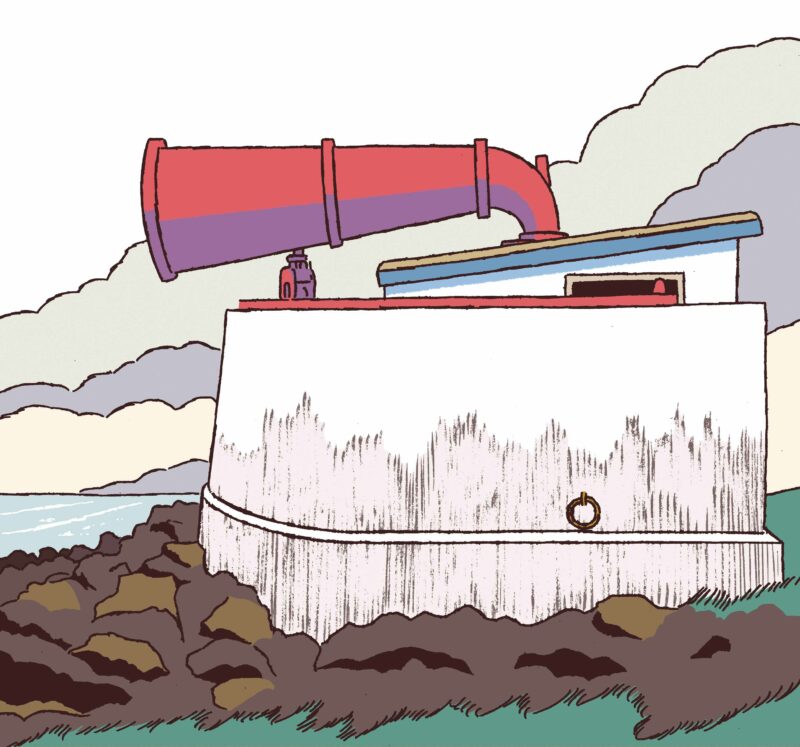FEATURES:
- Does not resemble anything human
- Soothing
- Barely attenuated by fog
You have reached your article limit
Sign up for a digital subscription and continue reading all new issues, plus our entire archives, for just $1.50/month.
Already a subscriber? Sign in





